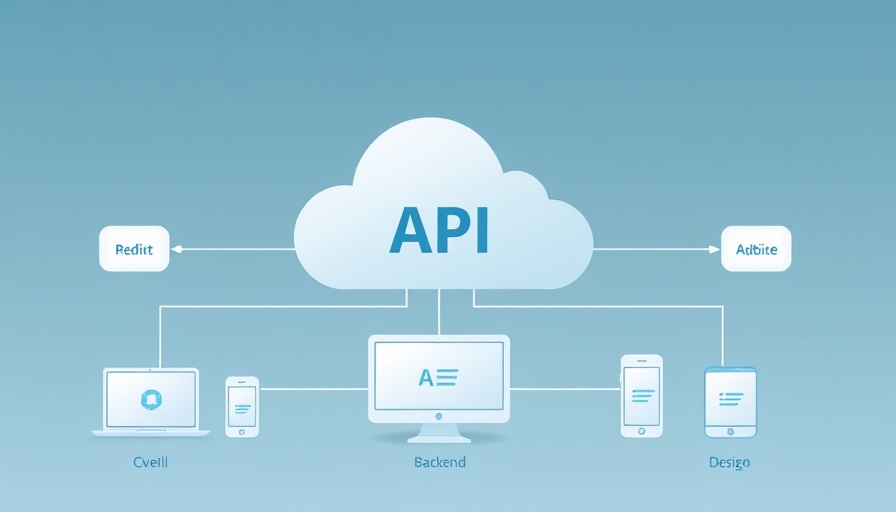
Transforming Event Management: The Role of Headless CMS
In today's fast-paced digital landscape, the management of conference and event content requires a degree of flexibility and responsiveness that traditional content management systems (CMS) often struggle to deliver. Enter the headless CMS, a modern solution that separates the backend content management from the frontend display, enabling organizers to tailor content distribution across various platforms seamlessly. This innovation not only streamlines the planning process but enhances the overall participant experience by providing them with relevant information in real time.
Understanding Headless CMS: A New Paradigm in Content Management
A headless CMS allows content to be created, managed, and stored without being tied to a specific front-end display or device. This flexibility means that stakeholders can easily publish content for a conference website, mobile app, or social media platforms without duplicating efforts. The ability to easily integrate with other applications also means that event managers can create personalized experiences for attendees, showcasing important updates and interactive features that keep them engaged throughout the event.
The Benefits of Using a Headless CMS for Events
Why should event organizers consider adopting a headless CMS? The most compelling reasons include:
- Enhanced Customization: A headless CMS offers the chance to customize content presentation for different audiences, ensuring that personalized messaging resonates with attendees.
- Scalability: As events grow in size and complexity, the need for a CMS that scales alongside them becomes crucial. A headless CMS can easily accommodate increased demands without suffering performance hiccups.
- Future-Proof Technology: Given the ongoing evolution of technology, a headless CMS provides a future-proof solution as it allows integration with emerging platforms and technologies more effortlessly.
Real-World Applications and Success Stories
Numerous organizations have successfully adopted headless CMS systems to fuel their event management practices. For instance, the recent Global Marketing Conference leveraged such a system, which allowed for streamlined communication and real-time updates. Attendees could access critical information on their mobile devices, enhancing engagement and satisfaction.
Counterarguments: Challenges of Transitioning to Headless CMS
While the advantages of a headless CMS are significant, there are challenges to consider. Transitioning from a traditional CMS to a headless system requires time, skilled personnel, and resources. Additionally, some event managers may find the learning curve steep as they adapt to new workflows and technologies. Moreover, integrating existing data into a new system can pose obstacles if not handled correctly.
Future Predictions: The Evolution of Event Management
Looking ahead, the use of headless CMS solutions is expected to expand as more organizations recognize the importance of flexible and scalable content management systems. With advancements in big data and analytics, event planners will have more insights into attendee preferences, allowing for further enhancements in their content strategies. The ability to utilize data to create informed event experiences will start to dictate how conferences and events are organized around user engagement.
Conclusion: Embracing Change in Event Management
Overall, as conferences and events continue to navigate the complexities of digital engagement, leveraging the advantages of a headless CMS offers distinct benefits. From customization to scalability, the headless approach promises to streamline processes, enhance experiences, and allow for greater flexibility in content management. Event organizers should evaluate their needs and consider the significant advancements made possible through modern CMS solutions to remain competitive in a rapidly evolving landscape.
 Add Row
Add Row  Add
Add 




Write A Comment